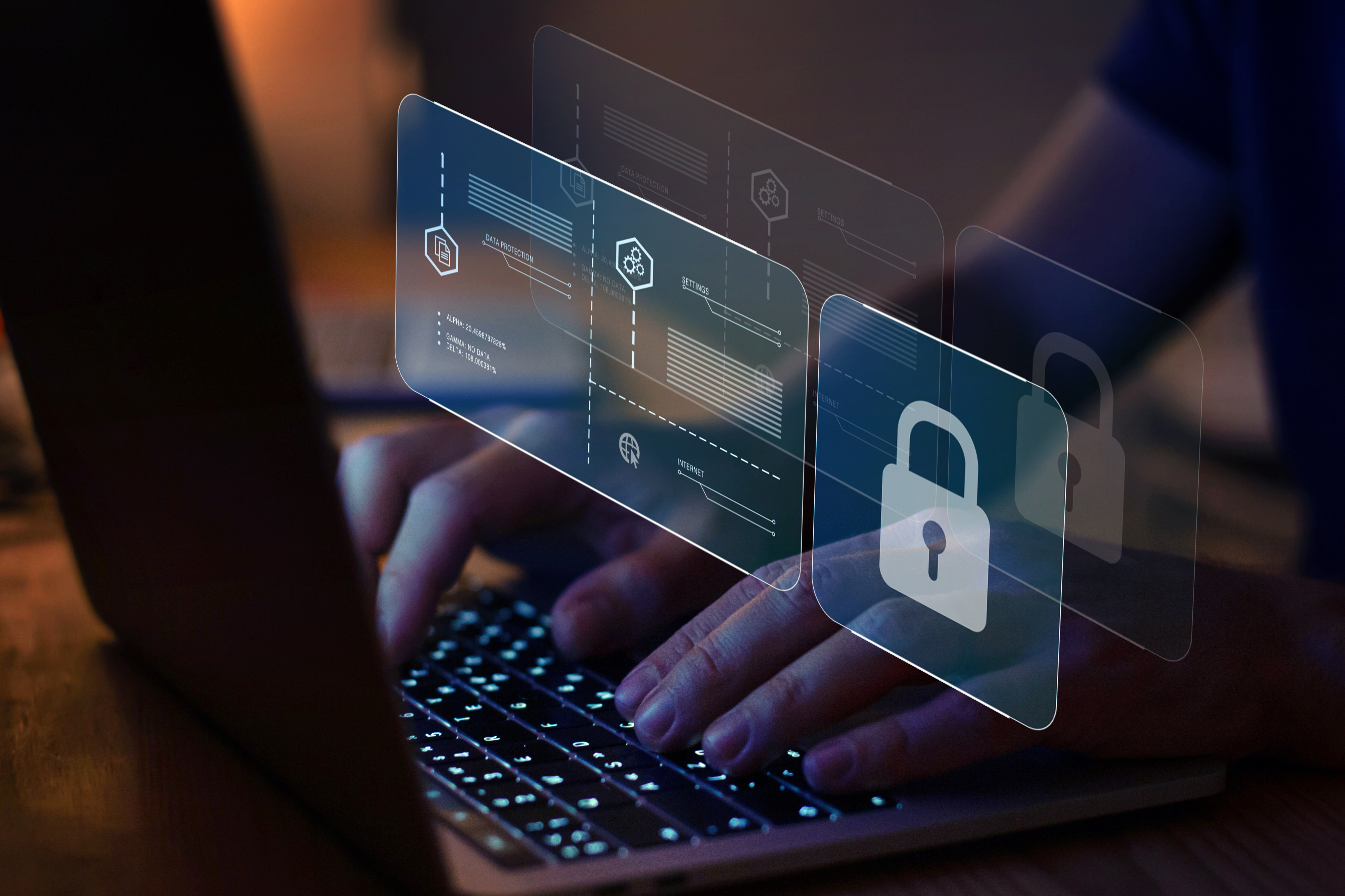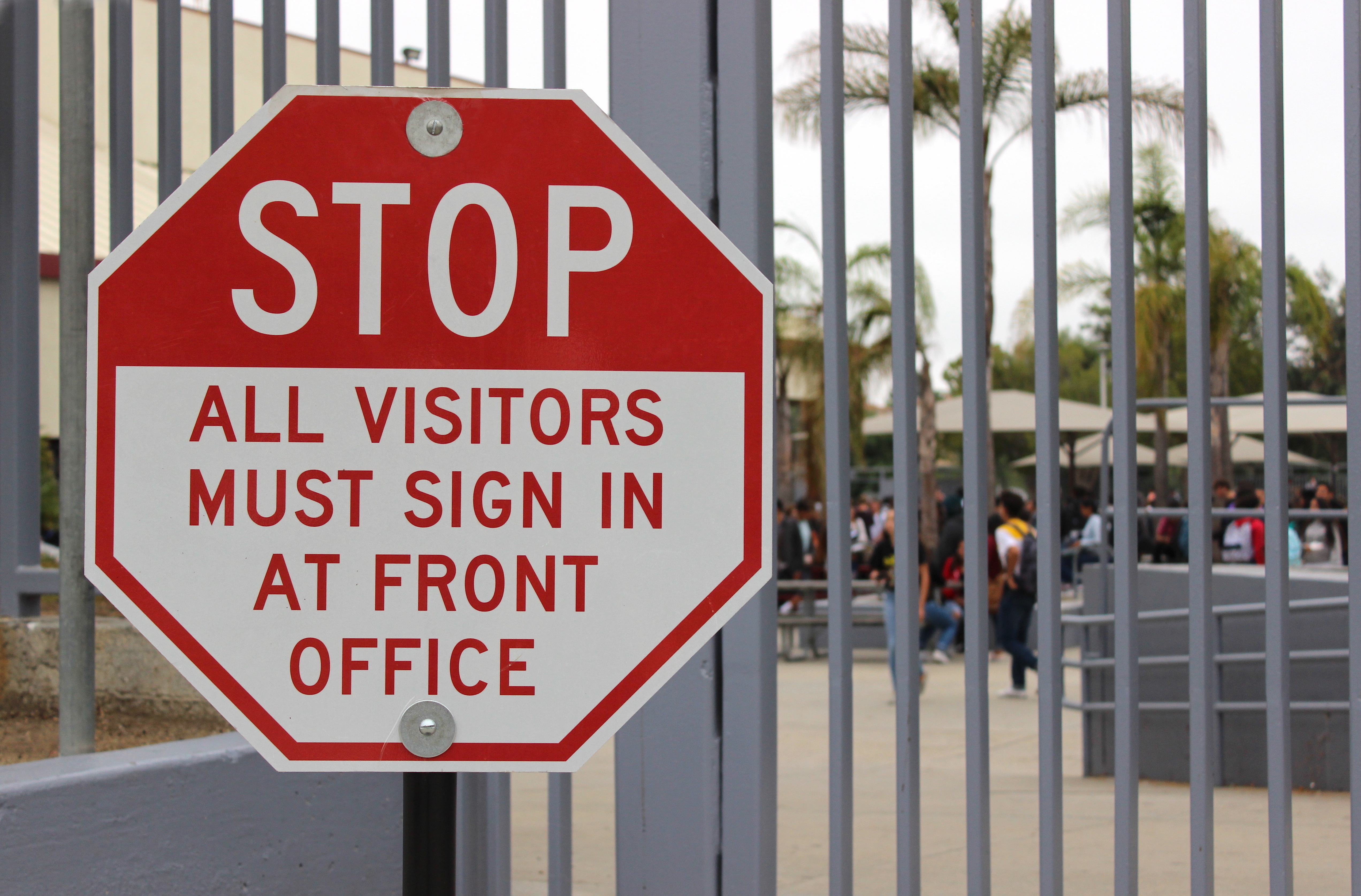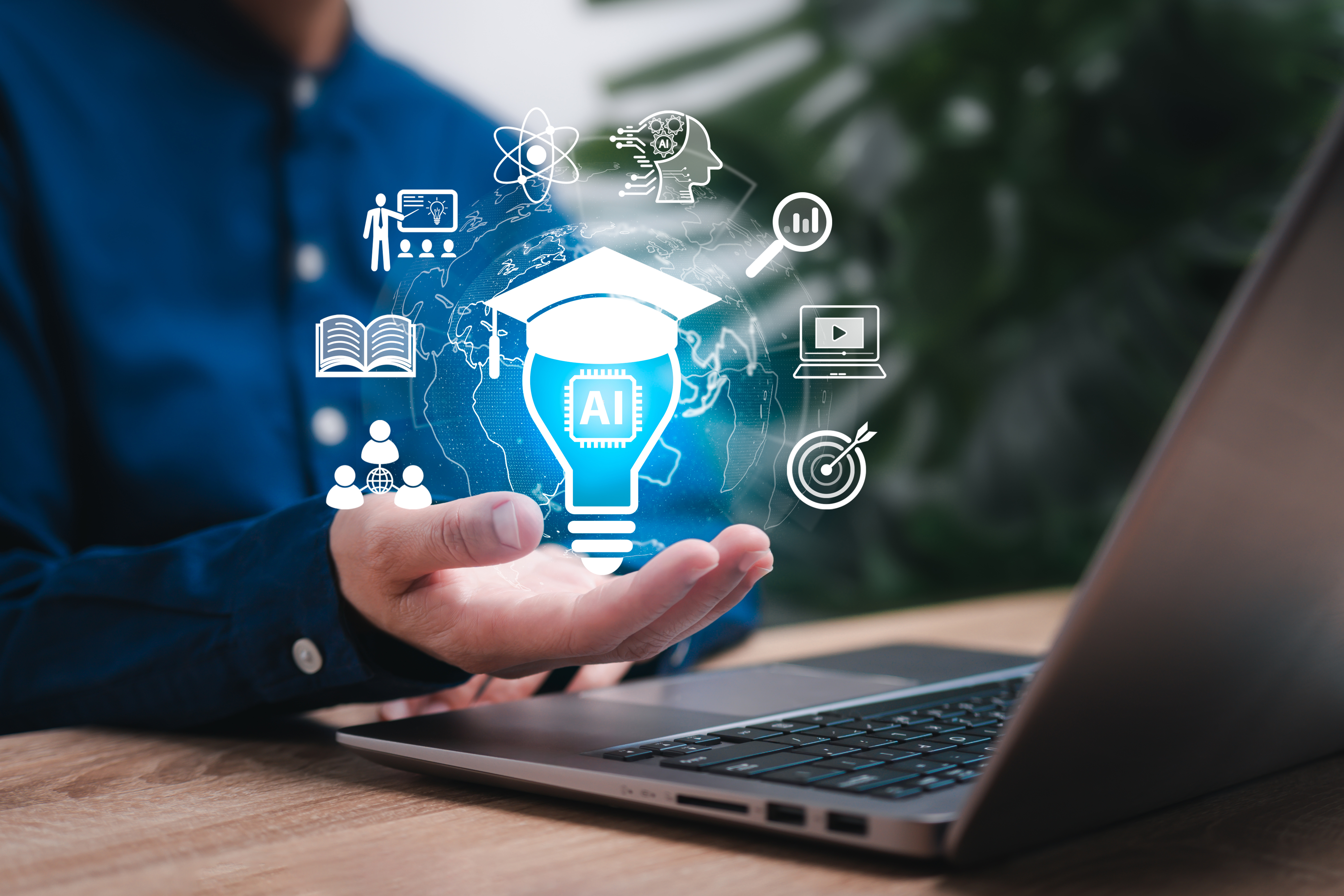Ed Tech Blog

A daily agenda board is a powerful tool that teachers use to enhance classroom organization, communication, and engagement. Whether displayed on a whiteboard, chalkboard, digital screen, or even as a student-created board, this simple yet effective strategy keeps students informed and on track throughout the school day. In this blog, we’ll explore the importance of a daily agenda board, how it benefits students and teachers, and best practices for implementing it successfully in your classroom.
What is a Daily Agenda Board?
A daily agenda board is a visual tool used in classrooms to outline the schedule for the day. It typically includes a list of subjects, activities, assignments, and important reminders, all presented in a way that’s easy for students to understand. By having a clear, structured outline of what to expect throughout the day, students can stay organized, manage their time more effectively, and remain focused on their learning goals. The agenda board can vary from a traditional whiteboard to more interactive and digital versions, all designed to help maintain order and structure in the classroom.
Whether used in elementary, middle, or high school settings, the daily agenda board serves as a cornerstone of classroom management, offering clarity and fostering a proactive learning environment.
The Benefits of Using a Daily Agenda Board
Enhancing Organization and Structure: One of the most obvious benefits of a daily agenda board is that it creates structure in the classroom. It allows students to visually see the order of events and activities throughout the day. With this clarity, there’s less room for confusion about what comes next, helping both students and teachers manage time more efficiently. The agenda board helps students stay organized by setting clear expectations, making it easier for them to transition between activities without feeling rushed or unprepared.
Improving Time Management:
Read more: Maximizing Classroom Organization: The Power of a Daily Agenda Board

Cybersecurity threats against K–12 school networks are on the rise. Schools increasingly rely on digital tools for learning, communication, and administration, making them attractive targets for cybercriminals. With sensitive student and staff data at stake, educational institutions must adopt proactive security measures. One innovative approach gaining traction is the use of artificial intelligence (AI)-enhanced honeypots—deceptive security systems designed to attract and neutralize cyber threats. These advanced tools not only detect and deter cybercriminals but also provide valuable insights into hacking methods. But are AI-powered honeypots a viable defense for K–12 institutions? Let’s explore how they work, their benefits, and the potential challenges they pose.
What Are Honeypots?
Honeypots are cybersecurity tools designed to mimic real systems, luring attackers into engaging with them instead of actual school networks. These decoys collect data on malicious activities, allowing IT teams to study hacking techniques and improve defenses. Traditional honeypots require significant manual setup and maintenance, but AI has transformed their capabilities. In an environment where cyber threats are constantly evolving, AI-powered honeypots can dynamically adapt to mimic critical infrastructure, deceiving hackers into revealing their tactics and vulnerabilities.
By acting as decoy systems, honeypots prevent real network assets from being compromised. When an attacker...
Read more: AI-Powered Honeypots: The Future of Cybersecurity in K–12 Schools

School safety is a top priority for educators, parents, and administrators. With growing concerns over security threats, K–12 schools are implementing advanced access control measures to ensure student and staff safety. One of the most effective solutions is a Visitor Management System (VMS)—a digital solution that monitors, records, and controls who enters school premises. By knowing exactly who is on campus and where they are, schools can prevent unauthorized access, respond to emergencies more effectively, and create a safer learning environment.
A well-implemented visitor management system does more than just track guests. It fosters accountability, ensures that only approved individuals gain access, and minimizes security gaps that could potentially be exploited. Moreover, schools that use these systems often report higher levels of parental confidence, as they see tangible efforts being made to enhance student security.
What is a Visitor Management System?
A Visitor Management System (VMS) is a technology-driven security solution designed to regulate visitor entry into school buildings. Traditional sign-in sheets are no longer sufficient, as they can be easily bypassed or misused. A VMS automates the check-in process, verifying visitor identities, issuing temporary passes, and even screening against watchlists to ensure that only authorized individuals gain access.
Key...

In an era dominated by rapid technological advancement, artificial intelligence (AI) is increasingly finding its way into classrooms worldwide. From personalized learning tools to automated grading systems, AI has the potential to transform education. However, as educators strive to prepare students for a future deeply intertwined with AI, it’s equally important to proactively limit its use in certain areas. By modeling responsible and selective AI use, teachers can guide students to understand both the benefits and limitations of this transformative technology.
Striking a Balance: Why Limit AI in Education?
While AI offers numerous benefits, over-reliance on it can undermine essential aspects of education. Critical thinking, creativity, problem-solving, and emotional intelligence—skills vital for success in any field—can be diminished if students overly depend on AI for answers. Additionally, unregulated AI use can raise ethical concerns, such as data privacy and equity in access to technology. The long-term implications of such over-reliance could lead to a generation of learners who lack the adaptability and independent thought required to navigate an increasingly complex world.
Proactively limiting AI in the classroom doesn’t mean rejecting it altogether. Instead, it’s about using AI intentionally and teaching students to do the same. When AI is treated as...
Read more: Balancing Innovation and Integrity: Modeling Responsible AI Use in Education

In today’s ever-evolving world, where technology plays an integral role in almost every aspect of life, preparing students for the future requires more than just teaching facts and figures. It involves fostering critical thinking, creativity, and a sense of curiosity. Small instructional shifts can make a significant difference, guiding students to use technology not just passively but as a tool for exploration and innovation. With these shifts, we enable students to cultivate skills that are essential in their personal and professional lives. As educators, our role has evolved from being knowledge dispensers to facilitators who guide students in their exploration, helping them build the necessary skills to thrive in the digital world.
The Role of Technology in Modern Education
Technology is a powerful enabler of learning. From interactive simulations to collaborative online tools, it provides students with opportunities to engage deeply with content and each other. The vast array of digital tools available today makes learning more personalized, accessible, and engaging. However, to unlock its full potential, students need guidance on how to use these tools purposefully. Technology itself does not automatically foster creativity or critical thinking; it is how students engage with it that makes a difference. Instead of...

Artificial intelligence (AI) is revolutionizing various industries, and the education sector is no exception. K–12 districts have a unique opportunity to harness the power of AI to enhance learning outcomes, streamline administrative tasks, and equip students with the skills they will need to thrive in a technology-driven future. However, successfully incorporating AI into educational settings is not without its challenges. It requires a thoughtful and strategic approach, proper teacher training, and a clear vision of how AI can support broader educational objectives. Below are some key strategies to guide you in leading the charge of introducing AI into your school district.
Understanding AI's Potential and Limitations
Before introducing AI technologies to your district, it is essential to gain a clear understanding of what AI can realistically achieve and where its limitations lie. AI offers a wide range of applications in education. For example, it can facilitate personalized learning by using adaptive platforms that tailor lessons to each student’s needs and performance levels. This type of technology can create more effective learning experiences that cater to individual strengths and weaknesses. AI can also significantly boost administrative efficiency by automating time-consuming tasks such as grading and attendance tracking, allowing educators to focus...
Read more: Leading the Way: A Strategic Guide to Integrating AI in K–12 Schools
- Transforming Education: How Shorter Lectures and Active Strategies Enhance Student Learning
- Transforming Learning Spaces: 4 Design Tips to Inspire and Motivate Students
- Empowering Future Innovators: How K–12 Students Can Excel in STEM
- Unlock Your Academic Potential: Transforming Study Habits with Research-Backed Strategies
